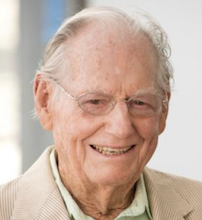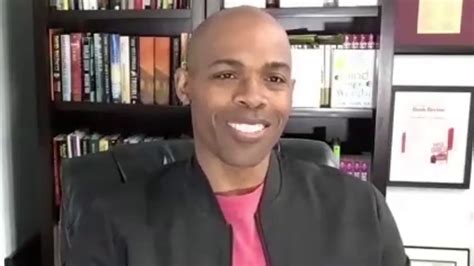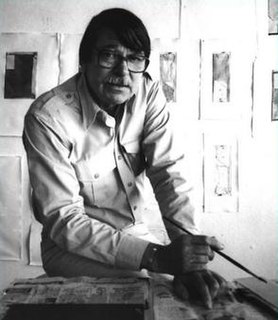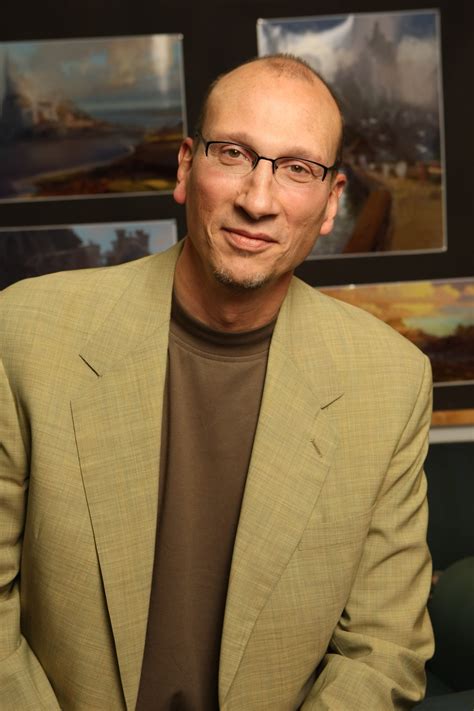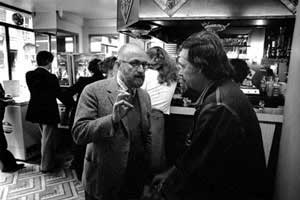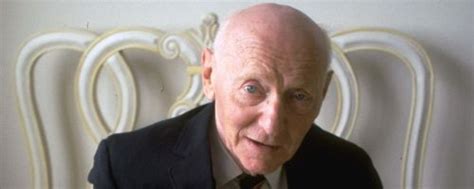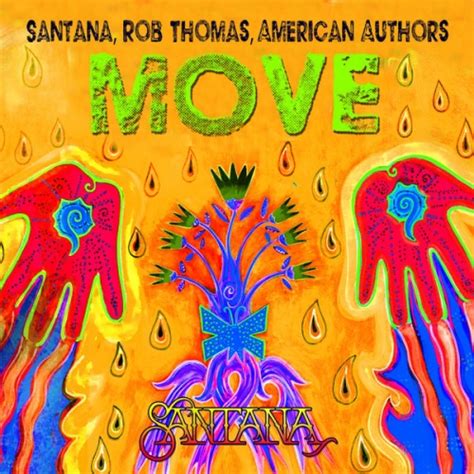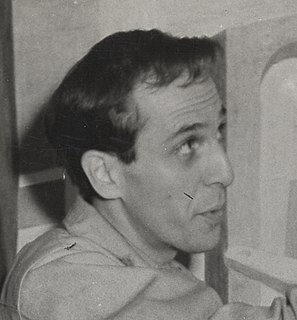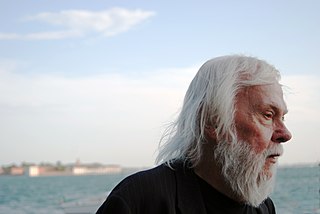A Quote by Wayne Thiebaud
When you think of painting as painting it is rather absurd. The real world is before us - glorious sunlight and activity and fresh air, and high speed motor cars and television, all the animation - a world apart from a little square of canvas that you smear paint on.
Related Quotes
Imagine a master painting that's never finished...when you can only build on previous work, you become limited by what you can paint...If you are in the midst of painting a forest full of tall tress and hanging vines, it is rather difficult to wake up the next day and suddenly turn that paining into the beach and ocean...We have to treat each day like a black canvas on which we can paint. Yesterday might have been paining flowers, but today you can paint cars or horses. A new day represents a chance for renewal.
I so love the animation process. Interesting, everything that I do in animation, the kind of crafting and skills of storytelling, totally work within the structure of the Disney nature films. In a weird way, I like to think that animation is like painting, and Disney nature is like sculpting. Animation you start with a blank canvas and you paint. With Disney nature, you start with a big block of imagery and you hone it down into your final story. Somewhere you end up with something kind of pretty to watch.
You have bits of canvas that are unpainted and you have these thick stretcher bars. So you see that a painting is an object; that it's not a window into something - you're not looking at a landscape, you're not looking at a portrait, but you're looking at a painting. It's basically: A painting is a painting is a painting. And it's what Frank Stella said famously: What you see is what you see.
I always get into arguments with people who want to retain the old values in painting - the humanistic values that they always find on the canvas. If you pin them down, they always end up asserting that there is something there besides the paint on the canvas. My painting is based on the fact that only what can be seen there is there... What you see is what you see.
Each painting seems to have a very specific size it wants to be. I have even started a painting or two over just because I didn't like the feeling of the particular image at a particular size. The Parlor needed to be large because I wanted it to feel like a full-size room you could step into. Unfortunately for me, I paint the same way on an eight-foot canvas as I do on a five-inch miniature. I still use very tiny brushes and noodle every square inch. It took me nearly a year to paint The Parlor.
